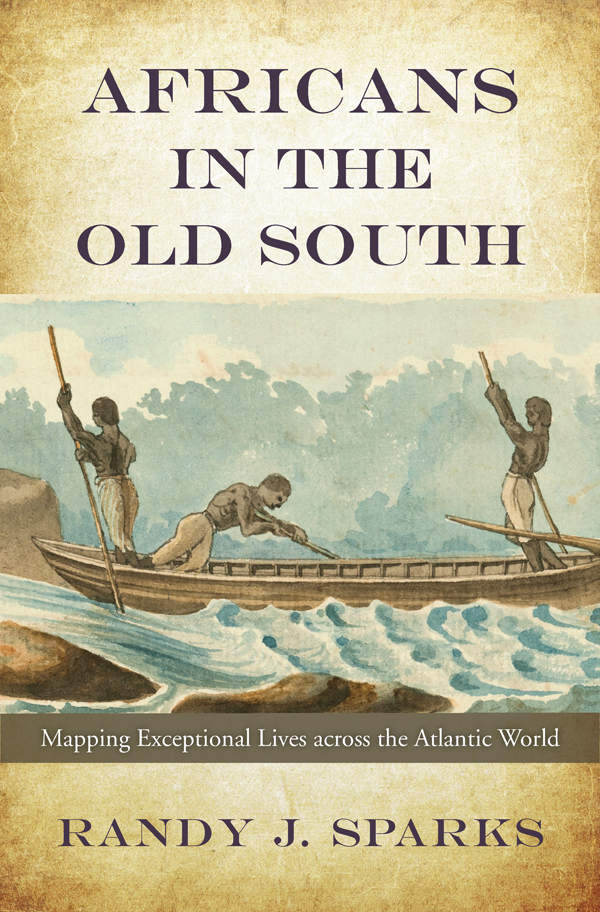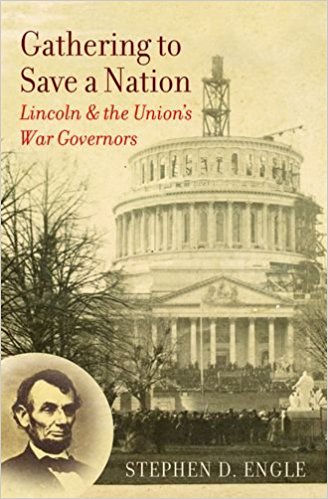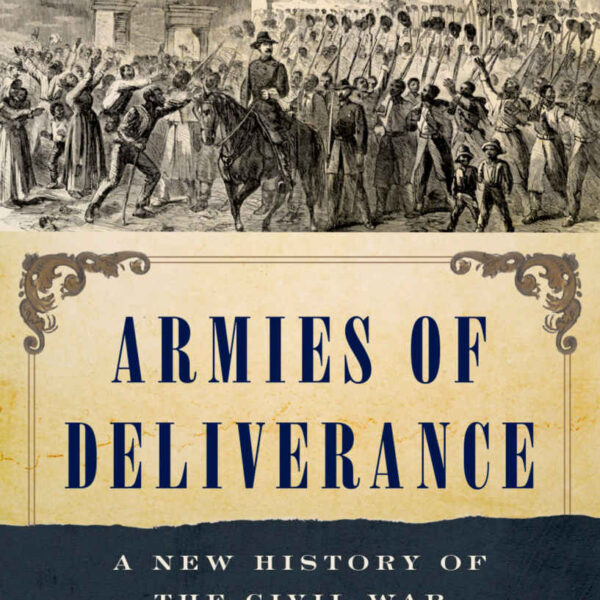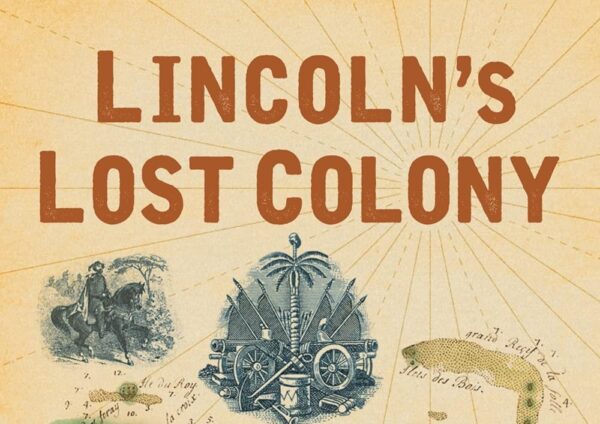The lives of the vast majority of the 12,500,000 victims of the slave trade cannot be reconstructed. Nevertheless, argues Randy J. Sparks in Africans in the Old South, it is both important and crucial to reconstruct as many of those lives as we can. To that end, he offers a collection of biographies of natives of West Africa who lived in the U.S. South between 1760–1860. Not all of them were victims of the slave trade, but any discussion of the slave trade must include both enslavers and enslaved. Although he appreciates the quantitative studies of slavery published in the past decades, Sparks argues that these studies often ignore individuals. By employing a microhistorical approach, he highlights “the lives of men and women who defy our expectations of what their lives should have been like” (2) and demonstrates the diversity of African experiences in the Atlantic World. While historians often emphasize the victimhood of Africans in the Old South, the people in this volume challenge generalizations about Africans as victims and provincials.
Sparks begins with the stories of Elizabeth Cleveland and her niece Catherine Cleveland. The Clevelands, who sailed from Sherbro to Charleston in 1764, were Anglo-Africans. Elizabeth’s father was English and her mother Anglo-African; Catherine’s father was Anglo-African and her mother African. In addition, the extended Cleveland family was involved in the slave trade and quite wealthy. Elizabeth integrated herself into the community and “was accepted as white by many people in the parish and by the parish officials” (34). Catherine, however, was never accepted as white. Elizabeth did what she could to protect Catherine’s freedom and made sure Catherine was provided for in her will. When Elizabeth’s will was contested, certain parties argued that she was a free woman of color, since free people of color could leave real property to their children but not to other relatives. Catherine did not receive everything Elizabeth left to her, but she did inherit some money and property. Sparks concludes that Elizabeth embodied an Atlantic cosmopolitanism and that her success defied expectations of gender and race. Her ability to join the gentry, “demonstrates an unexpected permeability to the constructs of race and class in colonial South Carolina, but Catherine’s inability to do so demonstrates the limits of that flexibility” (55-56).
After finishing his discussion of Elizabeth and Catherine, Sparks presents the tale of the Holman family. The Holmans, like the Clevelands, were an elite Anglo-African slave-trading family. John Holman’s trade networks extended throughout the Atlantic World and the family was integrated into the larger Atlantic community. Unlike Elizabeth Cleveland, the Holmans never attempted to join the ranks of the white planters. Instead, they allied themselves with wealthy mixed-race families. John Holman’s family arrangements—he had an African wife—would not have been tolerated by the white planter elite, but “would have been acceptable among the community of free people of color the Holmans joined” (71). Taken together, the stories of the Clevelands and the Holmans offer divergent illustrations of how Anglo-African families carved out lives for themselves in South Carolina.
Historians have been more attentive to the African presence in the U.S. South before 1808 than after. However, the illegal slave trade brought many Africans to the U.S. after 1808, and their stories should be told. In that spirit, Sparks turns to Robert Johnson. Johnson delivered an oration at a New England Anti-Slavery Society meeting in 1837, recounting his kidnapping and journey across the Atlantic. Johnson presented a horrifying story from his time as a slave of Jabez Bowen, a Superior Court judge on Georgia’s Eastern Circuit. Bowen attended a dinner party at John Houston McIntosh’s plantation in 1804. When a slave named Delia spilled gravy on the dress of McIntosh’s black mistress, McIntosh dragged Delia outside and slit her throat with a carving knife. This murder could well have happened, but there is no conclusive evidence. Johnson never forgot this gruesome scene and it may also have haunted Bowen. Shortly thereafter, Bowen delivered an explosive anti-slavery charge to the Grand Jury of Chatham County, Georgia in 1804 which resulted in Bowen being jailed for attempting to incite domestic rebellion. After being bailed out of jail by his father, Bowen left Georgia never to return and took Johnson with him to Rhode Island. Johnson served Bowen for a few more years in exchange for his freedom. Johnson became prominent in the community and a physician. Johnson, Sparks concludes, celebrated the communal virtues of his African homeland and wove them into his vision of a better American society.
The next three stories involve the British. In an effort to free his enslaved family in Savannah, Dimmock Charlton claimed British citizenship on the basis of his having served on the H.M.S. Peacock during the War of 1812. It is impossible to determine if Charlton’s story is true. The case of three unidentified African men is singular. The men were kidnapped in Africa, brought to the Caribbean, and escaped; they were picked up by a British ship, confiscated by the U.S. Collector of Customs in Mobile, jailed, escaped again, jailed again, sold, escaped again, and jailed again. At this juncture, the British consul at Mobile demanded their release because they were under British protection. British authorities eventually returned them to Old Calabar. Charlton and the three men do not fit stereotypes of “naïve captives from the African interior who were ignorant of the vast machine they were caught up in” (122). On the contrary, Charlton claimed British citizenship (possibly strategically) and won his granddaughter’s freedom in a lawsuit when her owners brought her to New York. The three men escaped again and again, refusing to give up the quest for freedom. Africans were not passive, helpless victims; rather, they “were able to grasp that world in all its complexity, and to use that knowledge to navigate their way through it” (122).
Enslaved persons throughout the Atlantic World “quickly realized that the British could be powerful allies in their individual quests for freedom” (133). However, the case of Sack N’Jaie demonstrates British assistance did not guarantee success. Charles Smith, an African sailor, was dragooned into slavery in Mobile. While serving on a plantation, Smith discovered one of the slaves was Sack N’Jaie, a man he had known in Sierra Leone. After proving that he was free, Smith returned to Sierra Leone. There, he told Sack N’Jaie’s family that N’Jaie was enslaved. The case was a tragic one because N’Jaie’s father, Pharaoh Moses, had been kidnapped and sold into slavery as a young man. Moses purchased his freedom and the freedom of his second family and went to Liberia. There he found his first family, including his son Sack N’Jaie. British authorities were eager to help find N’Jaie, but U.S. authorities were not. They preferred to disprove Smith’s story rather than looking for N’Jaie. Smith’s story, Sparks contends, is either true or a sailor’s yarn. However, if Charlton had a compelling reason to fabricate his claim to British citizenship, what motivation did Smith have to make up the story of N’Jaie’s plight? This case “dramatically illustrates the remarkably intricate webs, the ‘complex mesh of networks’ that crisscrossed the Atlantic” (156).
In sum, Africans in the Old South is a fascinating book. Sparks ably utilizes the stories of Elizabeth and Catherine Cleveland, the Holman family, Robert Johnson, Dimmock Charlton, the unidentified Africans, Charles Smith, and Sack N’Jaie to “demonstrate the remarkable diversity, mobility, and resourcefulness that characterized the lives of Africans in the Old South” (157). These men and women successfully challenge the idea of Africans as provincial, helpless victims. There is a great deal more work to be done reconstructing the lives of the people involved in the slave trade, but Sparks provides an excellent example of how historians might go about this work. He also offers new perspectives about the slave trade, the Old South, and the Atlantic World. This book will work well in upper-division undergraduate classes as well as graduate seminars; it will appeal to anyone interested in the Atlantic World, the slave trade, and the themes of race, class, and gender in U.S. history.
Evan C. Rothera is Assistant Professor of History at the University of Arkansas—Fort Smith and the co-editor of a forthcoming anthology on the lives of Union and Confederate veterans.




